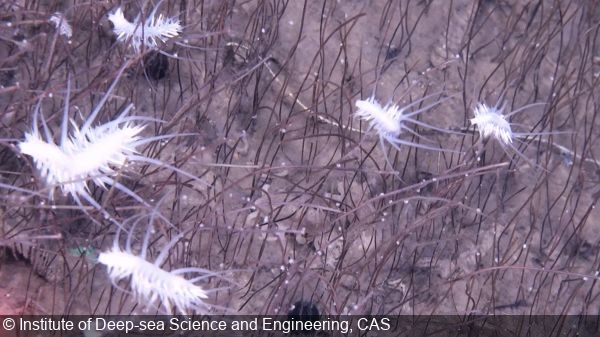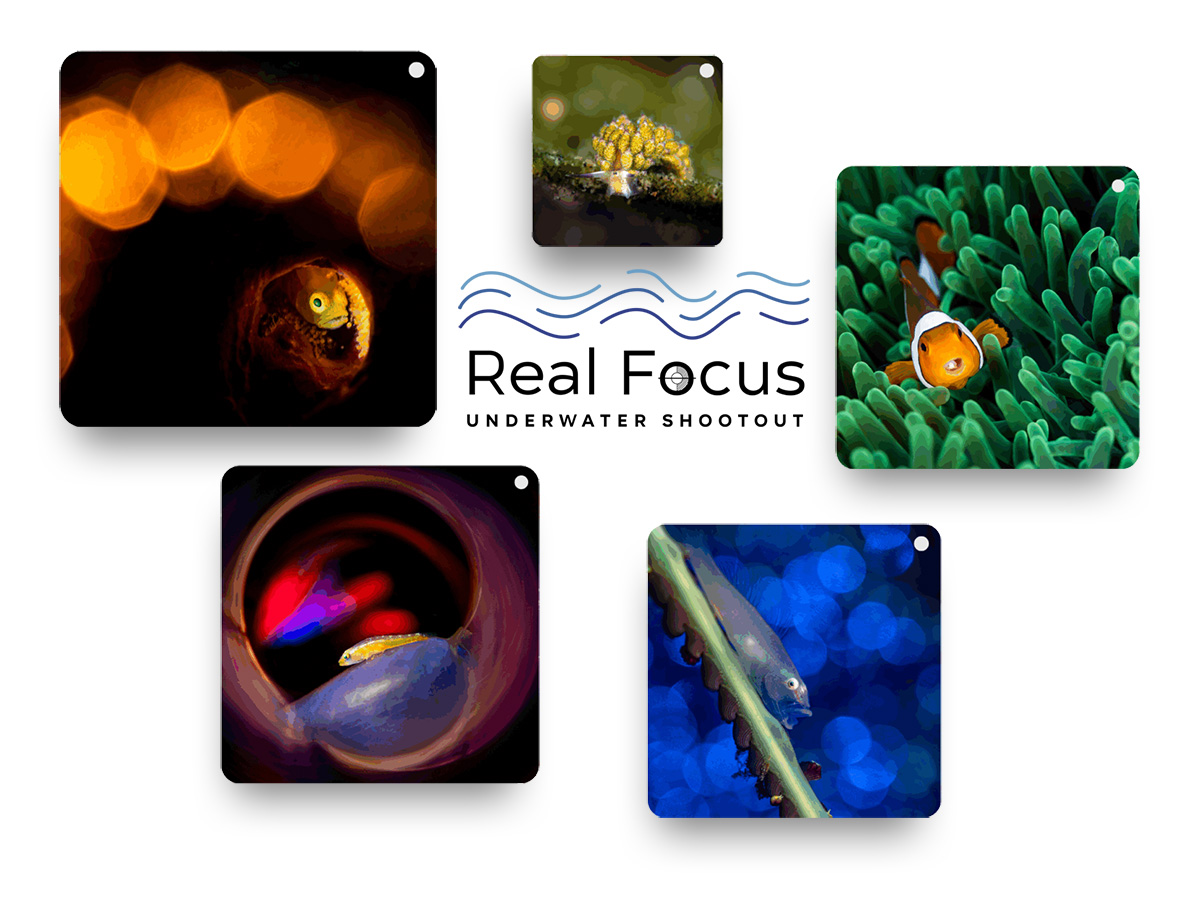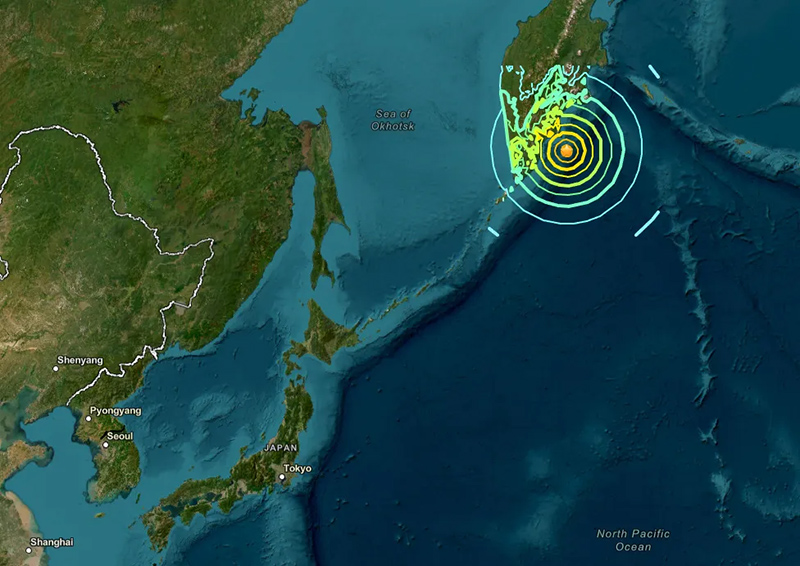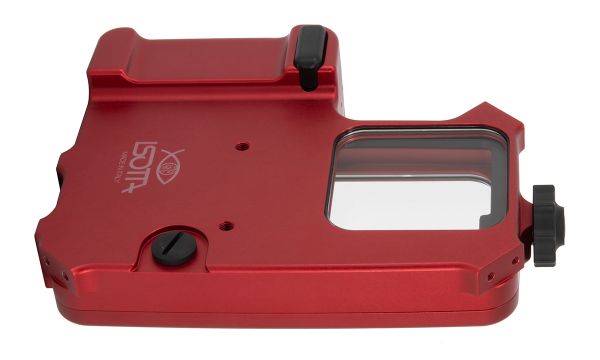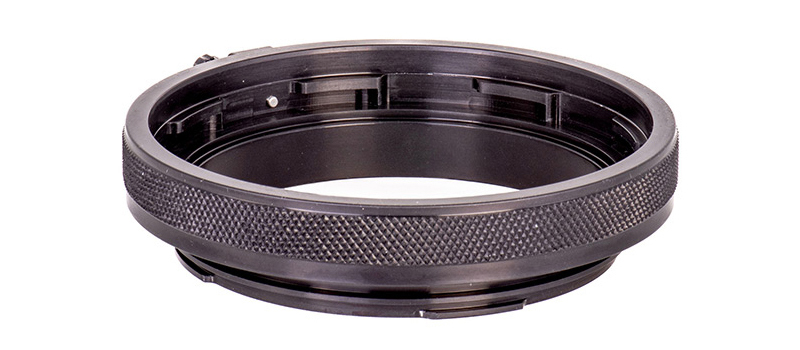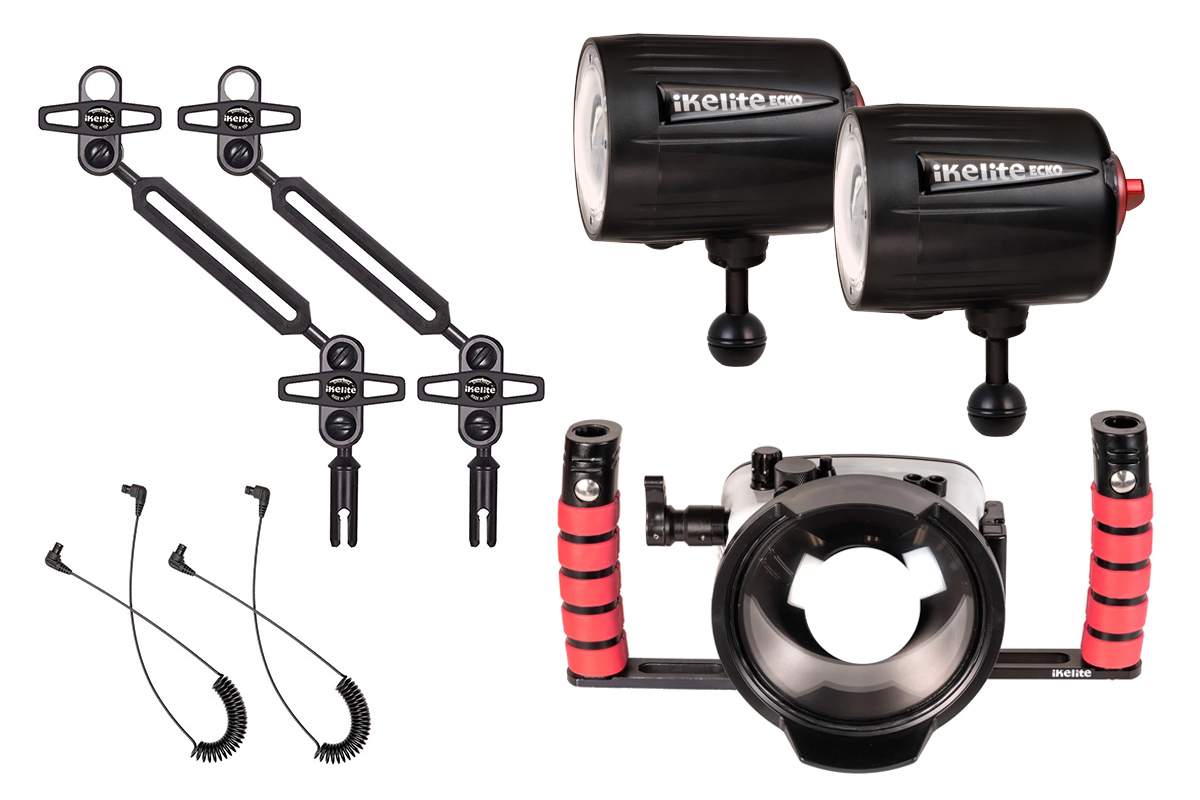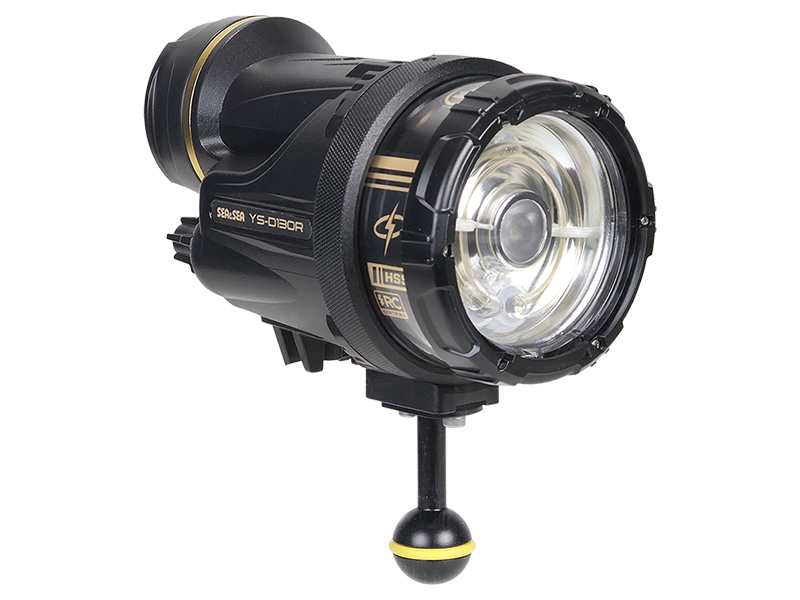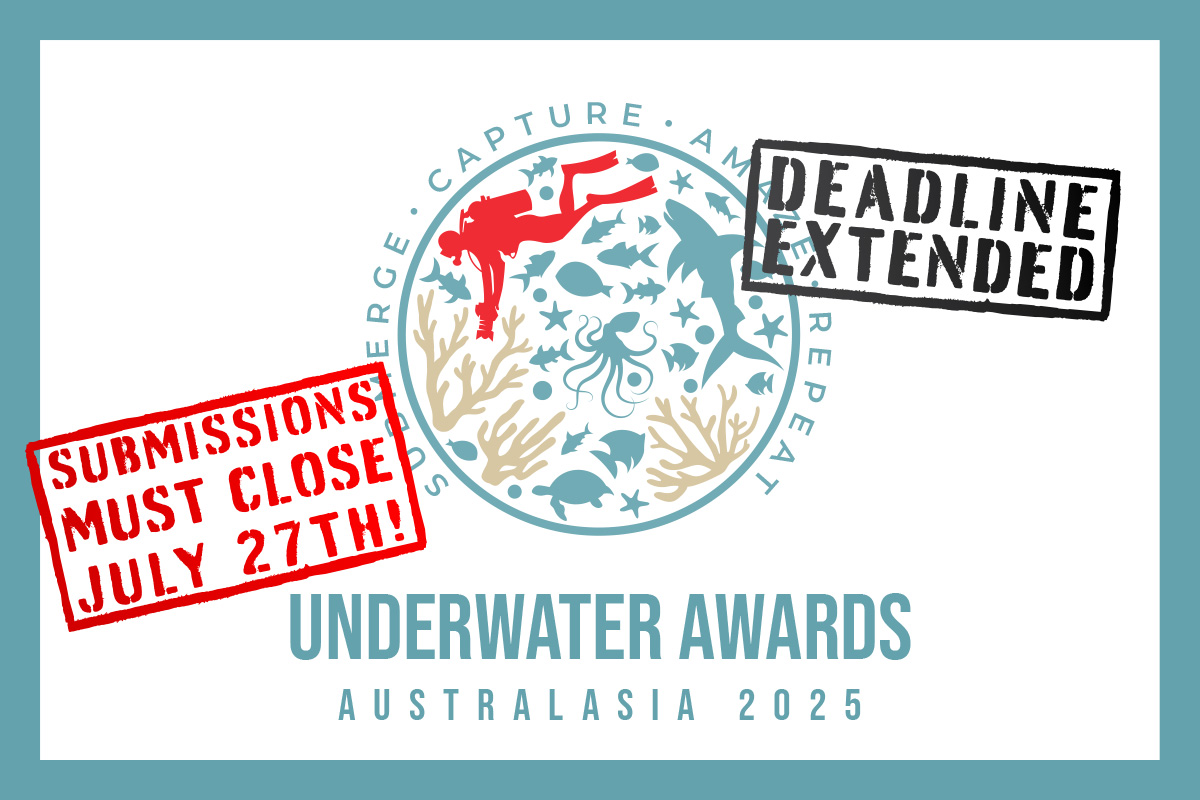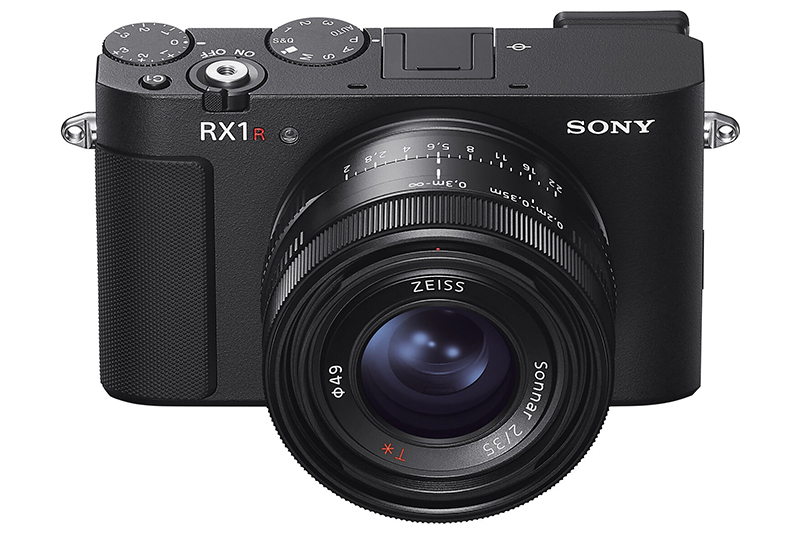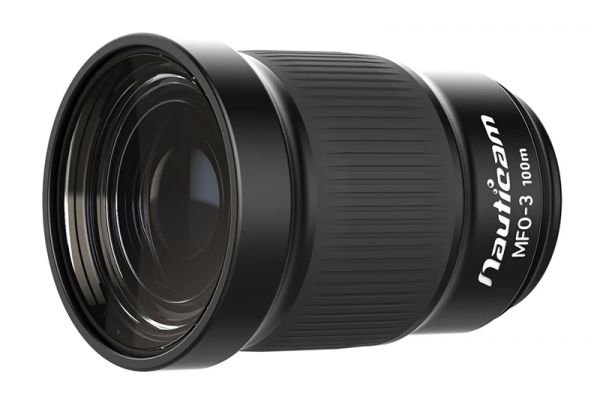
Good things come to those who wait. Certainly, that’s the reaction Sony is hoping for with the launch of the RX1R III premium full-frame compact—very nearly 10 years after the RX1R II was announced. One thing is for sure: A lot has changed in terms of camera technology in the intervening period.
For starters, while the RX1R II combined a 42.4-megapixel sensor with the BIONZ X image processor, the RX1R III boasts a 61MP sensor and the latest BIONZ XR chip as well as Sony’s newest AI-processing unit for locking onto and tracking subjects. There are also now 693 phase-detection AF points covering around 78% of the image capture area, up from 399 points in the RX1R II. Unsurprisingly, video also gets a significant boost: The new camera can shoot 4K/30p 10-bit 4:2:2 and 1080/120p 8-bit 4:2:0 video, while its predecessor maxed out at 1080/60p.
Other things that have changed include: the rear 3-inch LCD, which is now a touchscreen and offers improved resolution (2.36M dot vs 1.23M); the battery, a NP-FW50 unit that increases the CIPA rating from 220 shots to 300; and the EVF, which is rear mounted rather than pop up (though still 2.36M-dot resolution). It’s worth noting a couple of minor negatives: the screen no longer tilts and the viewfinder has a smaller magnification—0.7x vs 0.74x. What has not changed is the camera’s fixed lens—it’s the same Zeiss Sonnar T* 35mm f/2 that was built into the original RX1 from 2012. For underwater use, of course, that’s going to need high-quality wet lenses in front of it to capture the vast majority of subjects.
Available in July, the Sony RX1R III will retail for an eye-watering $5,100—a price tag, most will agree, justifies its “premium” designation.
When purchasing underwater photography equipment like the products mentioned in this article, please support DPG by supporting our retail partner—Backscatter.com.

PRESS RELEASE
Sony Electronics Introduces The RX1R III: The Flagship Full-Frame Premium Compact Camera With A Fixed Lens
SAN DIEGO, July 15, 2025 – Sony Electronics Inc. announces the RX1R III, the eagerly anticipated third generation of its RX1R series, featuring a 61-megapixel1 35 mm full-frame Exmor R™ CMOS image sensor, the latest BIONZ XR™ image processing engine, and a ZEISS® Sonnar T* 35 mm F2 lens.
“The RX1R III combines Sony’s design savvy with the latest innovations in imaging technology to produce a new flagship in our RX1R camera series that offers uncompromising full-frame quality in a premium compact camera body,” said Yang Cheng, Vice President of Imaging Solutions, Sony Electronics Inc. “The RX1R series has resonated greatly among discerning photographers, and we’re proud to now deliver the next generation of this popular camera model.”

A Focus On High-Quality Photography
The combination of the 61-megapixel1 full-frame Exmor R™ back-illuminated CMOS image sensor and the BIONZ XR™ image processing engine delivers high resolution and sensitivity, with low noise and a wide dynamic range. The sensor surface features AR (Anti-Reflection) coating and omits the optical low-pass filter to achieve superior image quality.
The integrated lens offers excellent image quality. By optimizing the position of the lens and the imaging surface one by one at the micron level, RX1R III achieves high optical performance in a compact form factor.
Dedicated To Creative Freedom
To ensure you always get your shot accurately and without effort, RX1R III is equipped with the latest AI-processing unit, a valued feature of top-of-the-line professional Sony Alpha™ cameras. The AI-processing unit can accurately recognize the shape and movement of subjects, human bodies, heads, and the position of eyes, tracking subjects even when their faces are not visible, and is available for both still images and videos2. Up to 693 densely arranged3 phase-detection AF (Auto-Focus) points cover approximately 78% (for still image shooting) of the image capture’s area.
While the camera has a fixed lens, users can tap into the versatility of three prime lenses thanks to the Step Crop Shooting4 function, which allows users to switch between focal lengths equivalent to 35 mm, 50 mm, and 70 mm5 via assigned buttons or dials. When shooting in RAW format, users can reselect the focal length during post-production. The lens’s macro ring enables instant switching to macro mode, allowing users to get as close as 20 cm (maximum magnification: 0.26x).
For creators who enjoy unique and personalized visuals, RX1R III offers twelve built-in Creative Looks. Adjustments to hue, saturation, brightness, contrast, and sharpness can be applied not only to still images but also to videos. Most notable among the Creative Looks6, FL2 allows the capturing of a nostalgic expression with subdued colors, and FL3 allows for a more vibrant image.

Streamlined Design & Reliable Hardware
Made of lightweight yet highly rigid magnesium alloy, the RX1R III design balances aesthetics and functionality. While maintaining excellent operability, the dials and Multi-Interface (MI) Shoe are embedded into the camera body and the top surface of the body features a flat design. The grip design and surface texture provide a secure and comfortable hold.
RX1R III is equipped with an electronic viewfinder featuring an approximately 2.36 million-dot XGA OLED with high resolution and high contrast, offering a magnification of approximately 0.70x.
RX1R III uses the rechargeable battery pack NP-FW50, allowing the capture of up to 300 still images7. It features a USB Type-C® port that allows rapid charging when connected to USB Power Delivery8-compatible devices, or the addition of external power sources, such as mobile batteries, for extended shooting sessions.

Social Responsibility
Aligned with Sony’s ambitious ‘Road to Zero’ initiative, this product supports the company’s vision for achieving a zero environmental footprint by 2050. The Sony Group’s manufacturing facilities for imaging products, including the RX1R III, are operating at 100% renewable energy. The RX1R III packaging uses Sony’s proprietary environmentally friendly Original Blended Material9 instead of plastic10.
The camera system incorporates comprehensive accessibility options, including a Screen Reader function11 and Display Magnification, to support visually impaired users across an expanded range of menu items.
Optional Accessories
TG-2 is a dedicated thumb grip that attaches to the Multi Interface (MI) Shoe to provide stable holding and operability, including when operated with one hand. When attached to the body, the metal material and high-quality paint finish provide exceptional design unity.
LCS-RXL is a compact body case dedicated to this camera model intended to protect the camera from scratches and dirt and enhance its elegance with its refined texture material. The body case allows access to all ports—USB, HDMI, battery, memory card, and tripod attachment—without removal. The grip design improves the holding experience.
LHP-1 is a lens hood made specifically for this camera. It features a robust construction using lightweight and high-strength aluminum material, protecting the lens from impact and dirt. The bayonet mount allows for quick and secure attachment.
Pricing & Availability
The RX1R III will be available in July 2025 for approximately $5,099.99 USD and $6,299.99 CAD. The TG-2 for approximately $299.99 USD and $349.99 CAD, the LCS-RXL for approximately $249.99 USD and $224.99 CAD, and the LHP-1 for approximately $199.99 USD and $249.99 CAD, in August 2025. They will be sold directly through Sony and at a variety of Sony’s authorized dealers throughout North America.
1Approximate effective
2Available subject settings are: Auto, Human, Animal, Bird, Insect, Car/Train, and Airplane. Subject types other than the type specified may be erroneously recognized in some cases.
3It is number of AF measurement points during still image shooting. The number of points varies depending on the shooting mode.
4Not available for movies.
5When shooting JPEG images with a 3:2 aspect ratio, the resolution is as follows: At 35 mm: L size (60 megapixels), at 50 mm: M size (29 megapixels), at 70 mm: S size (15 megapixels)
6ST (Standard), PT (Portrait), NT (Neutral), VV (Vivid), VV2 (Vivid 2), FL (Film), FL2 (Film 2), FL3 (Film 3), IN (Instant), SH (Soft Highkey), BW (Black & White) and SE (Sepia).
7When using the viewfinder: 270 shots.
818W (9V/2A) USB PD power source is recommended.
9Paper material made from bamboo, sugarcane fibers, and post-consumer recycled paper.
10Excluding materials used in coatings and adhesives.
11Supported languages differ according to country and region.

